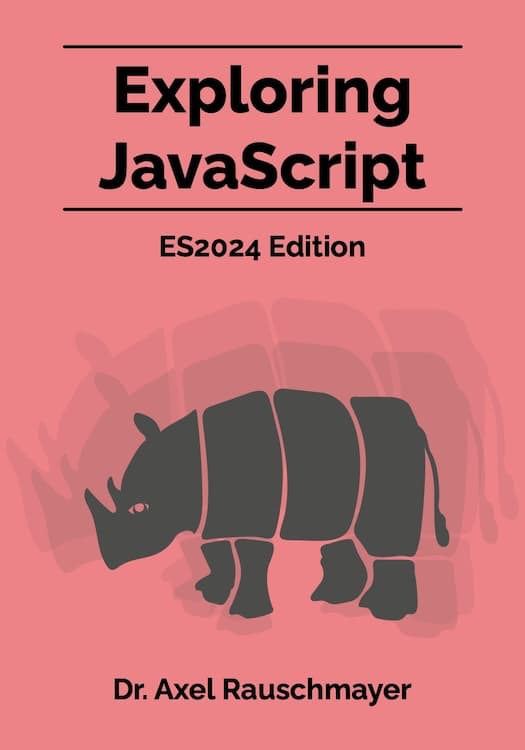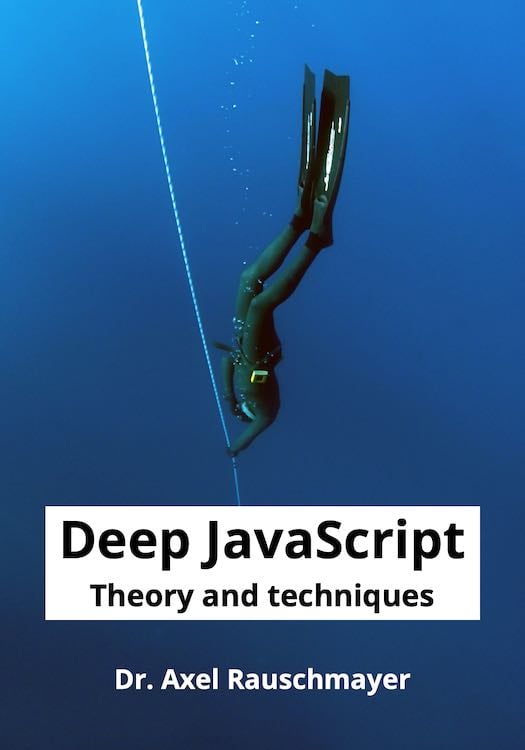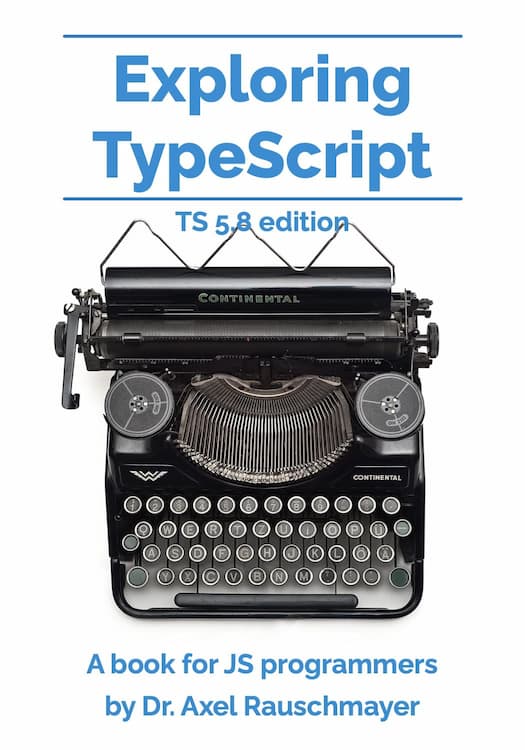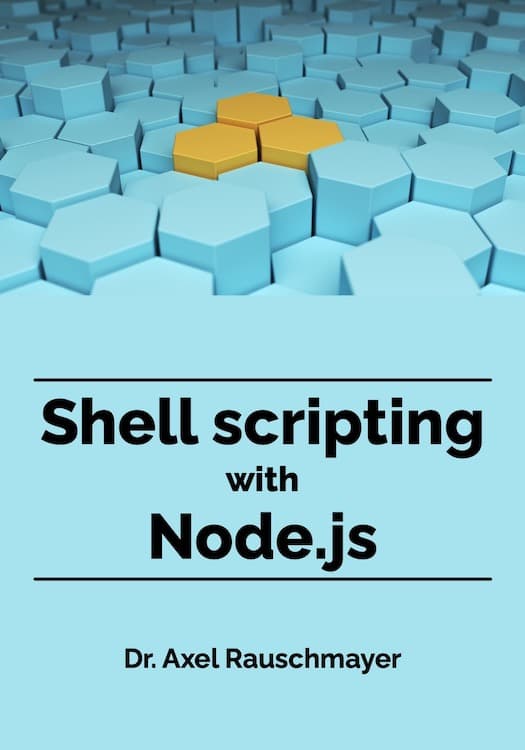2011-06
What’s up with the “constructor” property in JavaScript?
[2011-06-22] dev, javascript, jslang
All objects produced by built-in constructor functions in JavaScript have a property called constructor. This post explains what that property is all about.
Quick JavaScript tip: trailing commas inside an object literal
[2011-06-20] dev, javascript, jslang
It used to be that some JavaScript engines weren’t picky about trailing commas inside an object literals, while others threw a syntax error. The ECMAScript 5 language specification [1] has made trailing commas legal, via the following syntax rule (in Sect. 11.1.5):
ECMAScript.next: the “TXJS” update by Eich
[2011-06-17] esnext, dev, javascript
Updates:
- 2011-09-25: Follow-up post – “ECMAScript.next: new details, reacting to Dart complaints”
- 2011-09-25: More and updated material on proxies, array comprehensions, and classes. Moved private name objects to new post.
Erich Gamma (Eclipse) joins Microsoft to work on JavaScript tools
[2011-06-15] dev, javascript, windows 8, microsoft
If you have ever read the “Gang of Four” book on design patterns [1] or worked with the Eclipse Java IDE (and platform) then you are probably familiar with the name Erich Gamma who was deeply involved in both. Recent news was that Gamma had left IBM and stopped working on Eclipse [4]. Now Microsoft announces that he will join them [source: Heise via Ludwig Adam]. Quote:
Equality in JavaScript
[2011-06-15] dev, javascript, jslang
Update 2011-12-02: When is it OK to use == in JavaScript?
There are two operators for comparing values in JavaScript: strict equality === and “normal” (or lenient) equality ==. Many style guides (correctly) tell programmers to avoid lenient equality and always use strict equality. This post explains why.
Tip: use JavaScript as a calculator in Firefox and Chrome
The following tip allows you to quickly perform calculations via JavaScript in Firefox and Chrome. Many people use Google for this purpose, but this tip even works if your computer is offline.
Implementing bookmarklets in JavaScript
[2011-06-08] bookmarklet, dev, javascript, clientjs
Bookmarklets are little plugins for your browsers: JavaScript programs packed into javascript: URLs that you add to your bookmarks and start by clicking on them. They perform an operation on the currently open web page such as submitting it to Twitter. There are even bookmarklets that transform the current web page, for example, to add icons that, when clicked, add an event to Google Calendar. A separate post explains what bookmarklets are in more detail. This post tells you how to implement bookmarklets. It presents techniques, tools, and patterns for doing so.
JavaScript’s with statement and why it’s deprecated
[2011-06-01] dev, javascript, jslang
This post explains how the with statement works in JavaScript and why its use is discouraged.
2011-05
The void operator in JavaScript
[2011-05-26] dev, javascript, jslang
Syntax.
void <expr>
evaluates expr and returns undefined.
Bookmarklet: copy a link for Twitter and editors
[2011-05-21] bookmarklet, dev, hack, blogging
Update 2011-09-27: Automatically remove parts of the title, add a Twitter name, add a hashtag.
Problem: You have found an interesting web page and would like to copy its link, for use with Twitter or an editor. That means you need to perform several steps: First, you copy the URL. Second, you go back to copy the title (which might be tricky to get at). Third, you construct the link from the copied pieces.





